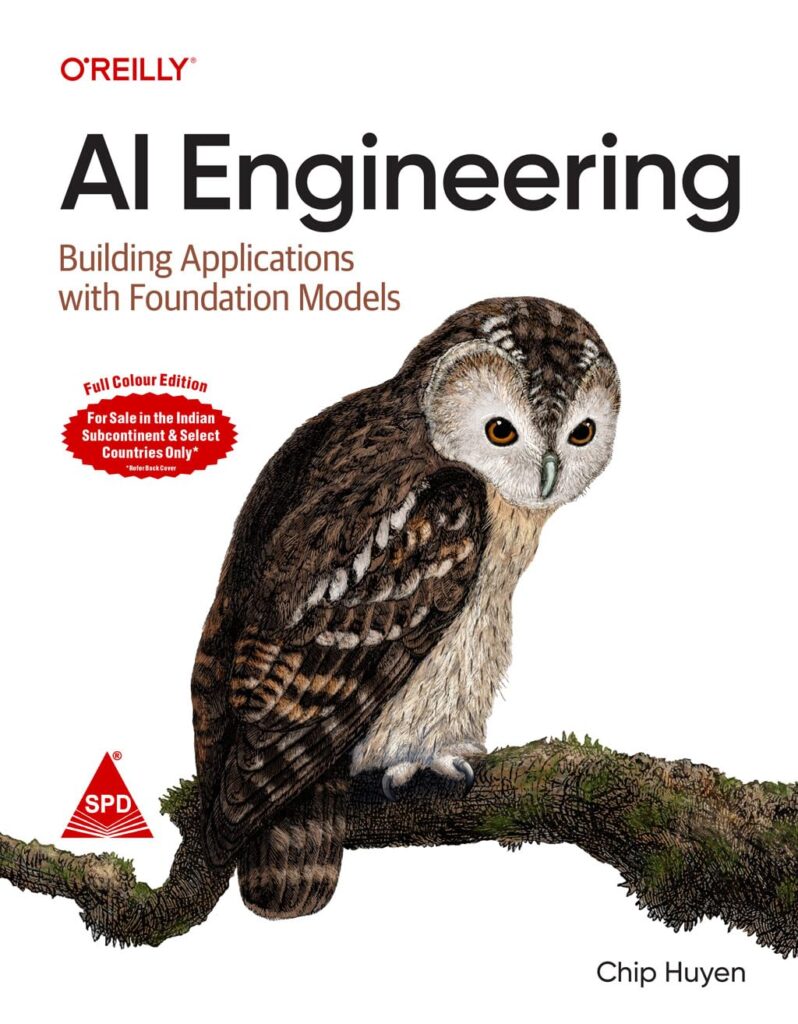Working with the Students t-Distribution in R-dt qt pt rt
Working with the Students t-Distribution in R-dt qt pt rt, The Student’s t-distribution plays an essential role in statistics, particularly in scenarios involving small sample sizes.
It can be utilized for estimating population parameters, hypothesis testing, and constructing confidence intervals when the underlying population is normally distributed or when the sample size is limited.
Working with the Students t-Distribution in R-dt qt pt rt
In this detailed guide, we will explore how to work with the t-distribution in R, focusing on the key functions: dt, qt, pt, and rt.
Understanding the Student’s t-Distribution
Before delving into the R functions, let’s briefly discuss what the Student’s t-distribution is and when it is used.
Introduced by William Sealy Gosset under the pseudonym “Student,” the t-distribution is symmetrical and resembles the normal distribution but with heavier tails.
This characteristic makes it suitable for inferential statistics, particularly when sample sizes are small (typically under 30) or when the population standard deviation is unknown.
Key Characteristics of the t-Distribution
- Shape: The t-distribution is bell-shaped and symmetric around zero.
- Degrees of Freedom (df): The shape of the t-distribution is influenced by the degrees of freedom, which are related to sample size. As the degrees of freedom increase, the t-distribution approaches the standard normal distribution.
- Heavier Tails: The t-distribution has thicker tails than the normal distribution, providing more area in the tails, which accounts for the increased uncertainty with smaller samples.
The Core Functions for t-Distribution in R
When working with the t-distribution in R, there are four major functions that you will frequently use: dt(), qt(), pt(), and rt(). Each of these functions serves a distinct purpose related to the t-distribution.
1. dt() – The Probability Density Function
The dt() function computes the probability density function (PDF) of the t-distribution for a given value within the distribution. This function is useful when you want to determine how likely a particular value is within the context of the distribution.
Syntax:
dt(x, df)- x: Value(s) at which to evaluate the PDF.
- df: Degrees of freedom.
Example:
To compute the PDF for a t-value of 2.5 with 10 degrees of freedom:
dt(2.5, df = 10)2. qt() – The Quantile Function
The qt() function is the inverse of the cumulative distribution function (CDF) and allows you to find the t-value corresponding to a specific cumulative probability. This is particularly useful for determining critical values for confidence intervals and hypothesis tests.
Syntax:
qt(p, df)- p: Probability (between 0 and 1).
- df: Degrees of freedom.
Example:
To find the t-value that corresponds to the 95th percentile with 10 degrees of freedom:
qt(0.95, df = 10)3. pt() – The Cumulative Distribution Function
The pt() function computes the cumulative density function for the t-distribution, meaning it provides the probability that a t-value is less than or equal to a particular value.
Syntax:
pt(q, df)- q: t-value at which to evaluate the CDF.
- df: Degrees of freedom.
Example:
To determine the cumulative probability for a t-value of 1.5 with 10 degrees of freedom:
pt(1.5, df = 10)4. rt() – Random Generation
The rt() function generates random numbers following a t-distribution.
This function is valuable for simulating datasets that conform to a t-distribution, which can facilitate the exploration of statistical concepts or the testing of hypotheses.
Syntax:
rt(n, df)- n: Number of random observations to generate.
- df: Degrees of freedom.

Example:
To generate 100 random numbers from a t-distribution with 10 degrees of freedom:
random_values <- rt(100, df = 10)Practical Applications in R
Here, we will present a practical example of employing the t-distribution and its associated functions in R to conduct a hypothesis test or to establish a confidence interval.
Hypothesis Testing Example
Suppose we want to test whether the mean of a sample differs significantly from a hypothesized population mean. We can use the t-distribution in this context.
Step 1: Define Our Sample
Let’s assume we collected the following sample data:
sample_data <- c(23, 20, 22, 25, 19, 30, 28, 27)Step 2: Calculate Sample Mean and Standard Deviation
sample_mean <- mean(sample_data)
sample_sd <- sd(sample_data)
n <- length(sample_data)
df <- n - 1Step 3: Conduct a One-Sample t-Test
Let’s test against a null hypothesis that the population mean is 25:
t_statistic <- (sample_mean - 25) / (sample_sd / sqrt(n))
p_value <- 2 * pt(-abs(t_statistic), df)Step 4: Compare p-value to Significance Level
Assuming our significance level is 0.05:
if (p_value < 0.05) {
print("Reject the null hypothesis")
} else {
print("Fail to reject the null hypothesis")
}Confidence Interval Calculation
To compute a 95% confidence interval for our sample mean, we can use the qt() function along with our sample statistics.
alpha <- 0.05
margin_of_error <- qt(1 - alpha / 2, df) * (sample_sd / sqrt(n))
confidence_interval <- c(sample_mean - margin_of_error, sample_mean + margin_of_error)Conclusion
The Student’s t-distribution is a fundamental concept in statistics, especially in hypothesis testing and confidence interval estimation for small samples.
By leveraging the dt, qt, pt, and rt functions in R, you can effectively analyze data and make informed statistical inferences.
Understanding how to use these functions will not only enhance your statistical analysis skills but also provide a foundation for more complex statistical modeling techniques.
With this guide, you are well-equipped to apply the Student’s t-distribution in your statistical work using R, enabling you to tackle real-world data analysis challenges with confidence.
Embrace the potential of statistical analysis and make informed decisions grounded in robust methodology!





